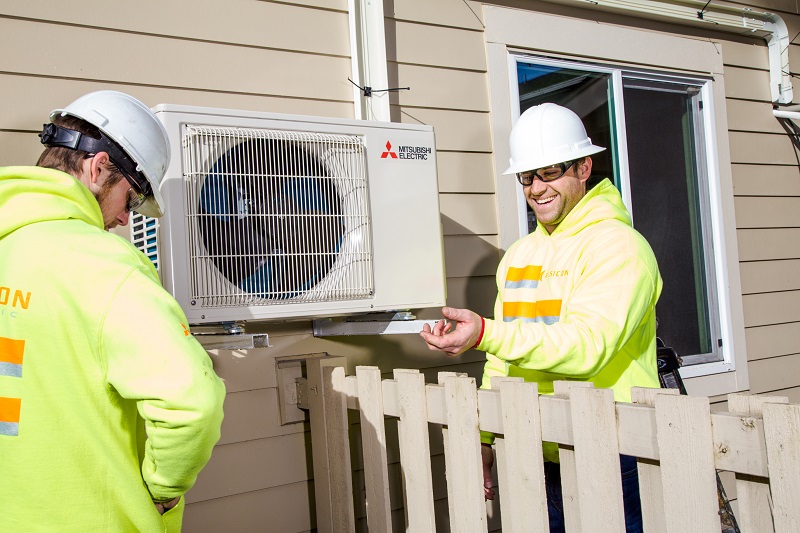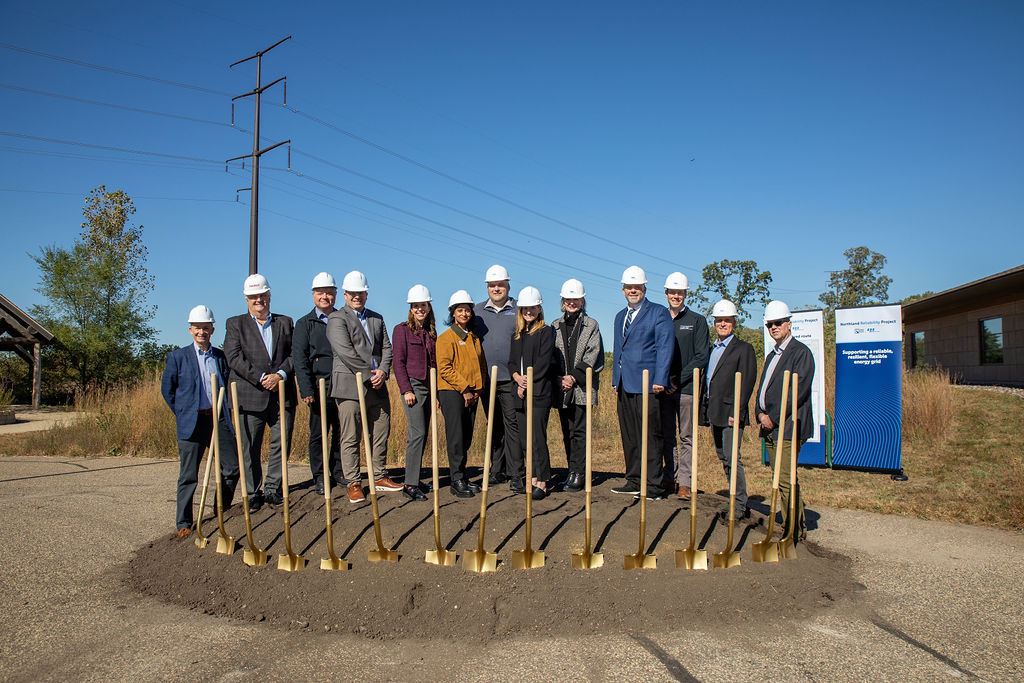Minnesota passed legislation at the beginning of 2023 requiring the state’s utilities to use 100% carbon-free electricity by 2040. But even before it became law, Great River Energy collaborated with the Electric Power Research Institute (EPRI) to model and analyze potential energy system transitions under different decarbonization pathways, including a zero-emitting electric power sector, in 2040.
“When we started the project, the policy landscape in Minnesota was uncertain,” said Steven Rose, a principal research economist at EPRI whose work focuses on long-term modeling of socioeconomic systems and climate change impacts. “It was clear that some sort of more aggressive renewables policy was likely, but beyond that was unknown.”
At the time, however, Great River Energy was already on a trajectory to reduce carbon dioxide emissions by 80% by 2030.
One of the three policy scenarios modeled in the report, “Opportunities for Decarbonizing Minnesota’s Economy: Energy System Supply and Demand Assessment,” was full decarbonization of the state electric sector by 2040. The other two policies modeled were an 80% economy-wide reduction in emissions by 2050 and an increase in renewables to 50% by 2050.
EPRI also worked with Great River Energy on a Minnesota Efficient Electrification Study to evaluate the potential deployment of electric technologies in the state’s buildings, transportation and industrial sectors. The analysis was built on years of effort by Great River Energy to educate the cooperative’s members about the potential benefits of electric vehicles (EVs), including buses and forklifts, as well as air source heat pumps.
“What we found was that air source heat pumps can significantly reduce the consumption of propane in homes and enhance the economic benefits of the technology while reducing exposure to price volatility during peak demand periods. One of the reasons we participated in the assessments was to inform our strategic priorities and evaluate the long-term impacts to the grid and our load curve.”
— Jeffrey Haase, Great River Energy’s director of member services and end use strategy
For example, Haase said that one area of interest for Great River Energy was expanding flexible load capabilities.
“How do we continue to build on our legacy of load management capabilities and expand load flexibility as we see increased adoption of electric technologies such as electric vehicles and heat pumps?” Haase said. “Within the energy system modeling, we see some load dynamics as we shift into electric space heating coupled with electric transportation that could lead to significant increases in peak demand in the winter in our area. What types of programs can we develop to preserve or enhance flexibility?”
Both the electrification study and the policy scenario modeling may have an impact on utility planning. Zac Ruzycki, the director of resource planning for Great River Energy, describes the work his group does as mainly focused on a period of five to 20 years in the future, including planning for generation assets and forecasting load, to renewable energy acquisitions and contracting.

Assessments of potential load growth, seasonal changes to peak demand and load shape obviously have a big impact on planning.
“This is a great first step to have the conversation about what you need for this big electrification buildout,” Ruzycki said. “These are new challenges we are facing, and this type of analysis will be important to ensure we have the right resources to meet our policy and portfolio goals.”
Findings from the electrification study reinforce both the importance of planning and some of the uncertainties. For example, there is high potential for the electrification of light-duty vehicles, although the timing and speed of EV adoption is unclear and depends on numerous factors. Similar potential and unknowns surround medium and heavy-duty EVs, which are currently in their infancy but could develop fast.
Non-road transportation equipment is currently viable for many customers in Minnesota, and many new technologies are being developed.
“We are comfortable modeling residential electric vehicle uptake scenarios,” Ruzycki said. “However, there is still much uncertainty in understanding how fleet electrification and the trucking industry can change demand and energy forecasts amongst our member-owners. We need to understand these areas of study more as they hold the potential for significant demand increases.”
 " data-object-fit="cover">
" data-object-fit="cover">